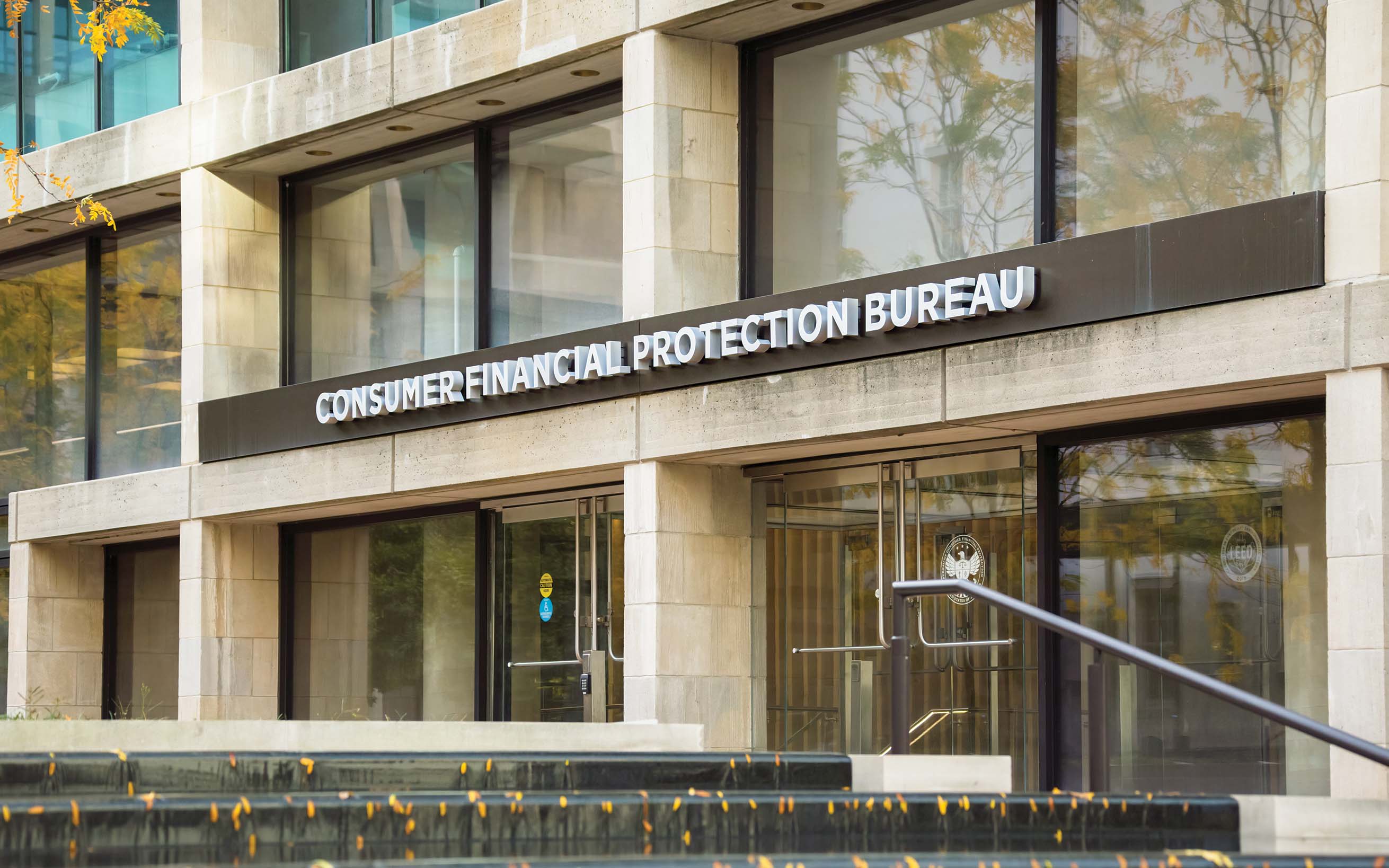Three recent SCOTUS decisions could affect the community banking sector.
Jenna Burke: The Supreme Court of the United States Is Reshaping Administrative Law
September 04, 2024 / By Jenna Burke
Three recent SCOTUS decisions could affect the community banking sector.
During the Spring 2024 term, the Supreme Court of the United States (SCOTUS) issued three landmark decisions that may curb the administrative state that oversees federally regulated entities like community banks.
Collectively, the precedents established in Loper Bright Enterprises v. Raimondo, Corner Post, Inc. v. Board of Governors of the Federal Reserve System, and Securities and Exchange Commission v. Jarkesy will not only influence—and potentially limit—federal agencies’ interpretations of laws and their abilities to pursue administrative enforcement actions; it will also expand the length of time plaintiffs have to challenge federal regulations in court.
While these decisions may not have direct or even immediate effects on banks’ day-to-day operations, this sea change in federal rulemaking, enforcement, administrative law and adjudication will have lasting effects on community banks.
Change is in the air
In Loper Bright Enterprises v. Raimondo, SCOTUS abandoned its longstanding “Chevron doctrine,” which required courts to defer to and give “controlling weight” to agency interpretations of ambiguous federal statutes unless those interpretations were “arbitrary, capricious or manifestly contrary to the statute.”
For 40 years, the Chevron doctrine was a bedrock of administrative law and helped facilitate the expansive burgeoning of federal rules and regulations.
Under the Chevron doctrine, federal agencies were empowered to broadly interpret statutes, because courts were required to defer to these interpretations. Going forward, however, courts may exercise independent judgment by substituting their own judgment for that of an agency when determining whether an agency exceeded its statutory authority. Notably, other forms of judicial deference, such as Skidmore deference, will continue to apply to agency interpretations of law.
Community banks should welcome this new era of administrative law and the limits on agency rulemaking and enforcement authority that are now in place.
A shift in statute of limitations
The effects of Loper will be amplified by the Supreme Court’s ruling in Corner Post, Inc. v. Board of Governors of the Federal Reserve System, where SCOTUS ruled that the six-year statute of limitations to challenge final agency rules under the Administrative Procedures Act (APA) begins not when the rule is finalized but when the plaintiff is actually injured by the final agency action.
In 2021, the plaintiff in Corner Post, a convenience store and truck stop, sued the Federal Reserve Board under the APA, challenging the Board’s 2011 Regulation II cap on debit card interchange fees. The district court dismissed the suit and held that the plaintiff’s action was time-barred under the APA’s six-year statute of limitations, which began running when the Board finalized its 2011 rule.
SCOTUS disagreed, finding that because the plaintiff was not doing business in 2011 when the Board finalized Regulation II, the APA’s statute of limitations did not begin running until 2018, when the plaintiff opened its business and was first harmed by the rule.
Importantly, Corner Post opens the door for plaintiffs to file lawsuits under the APA on a much lengthier and ambiguous timeframe than the previous six-year time period after a rule is finalized. By removing this strict interpretation of the APA’s statute of limitations, Corner Post paves the way for some existing and decades-old agency actions to be challenged, inviting a potential “tsunami of lawsuits” across the federal government.
Replacing in-house administrative judges
Another decision that may have a ripple effect across the federal banking agencies is Securities and Exchange Commission v. Jarkesy. Under Jarkesy, SCOTUS held that the Securities and Exchange Commission (SEC) may no longer pursue civil penalties for securities fraud through in-house administrative enforcement proceedings. It ruled that the Seventh Amendment of the U.S. Constitution entitles defendants in these types of actions to a jury trial in federal court.
It is unclear whether the Jarkesy decision will apply to any agency enforcement action or only to SEC cases, or be limited to cases involving fraud. What is certain, however, is that post-Jarkesy, federal agencies that pursue administrative enforcement actions through in-house tribunals will have to test the limits of Jarkesy when bringing cases before administrative law judges.
Additionally, these agencies may face new and more rigorous obstacles—like formal discovery requirements—if these cases must be filed in federal district courts.
Potential long-term effects
Collectively, the Loper, Corner Post and Jarkesy decisions may alter the regulatory landscape that governs community banks. Federal banking agencies may be more apt to strictly adhere to the APA by ensuring their cost–benefit analyses are robust, that all the requirements of the APA have been satisfied and that final rules do not exceed the agencies’ statutory authorities. Additionally, the banking agencies may be more cautious in bringing enforcement actions before administrative law judges.
Exactly how these three important SCOTUS decisions play out over the long term remains to be seen, but community banks should welcome this new era of administrative law and the limits on agency rulemaking and enforcement authority that are now in place.
Subscribe now
Sign up for the Independent Banker newsletter to receive twice-monthly emails about new issues and must-read content you might have missed.
Sponsored Content
Featured Webinars
Join ICBA Community
Interested in discussing this and other topics? Network with and learn from your peers with the app designed for community bankers.
Subscribe Today
Sign up for Independent Banker eNews to receive twice-monthly emails that alert you when a new issue drops and highlight must-read content you might have missed.
News Watch Today

Join the Conversation with ICBA Community
ICBA Community is an online platform led by community bankers to foster connections, collaborations, and discussions on industry news, best practices, and regulations, while promoting networking, mentorship, and member feedback to guide future initiatives.












